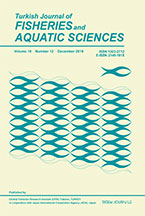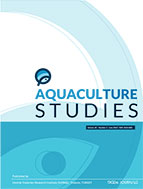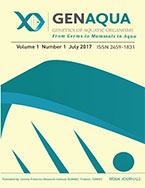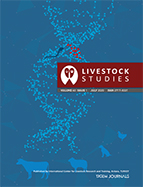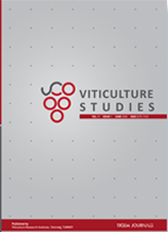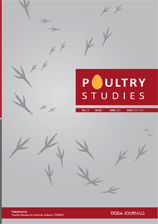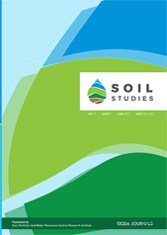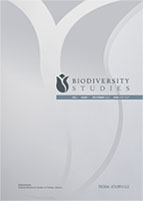Horticultural Studies (HortiS)
2025, Vol 42, Num, 1 (Pages: 015-021)
Weed Species, Control Methods and Their Effects on Yield and Quality in Parsley Fields of İzmir Province of Türkiye
2 Selçuk District Directorate of Agriculture and Forestry, 35920, İzmir, Türkiye DOI : 10.16882/HortiS.1612248 Viewed : 942 - Downloaded : 464 Parsley (Petroselinum crispum (Mill.) Nyman ex A.W. Hill) is an important vegetable due to its rich vitamin and mineral content, making it both a valuable health resource and a staple in culinary dishes. Weeds are a major challenge that limits the profitability of parsley cultivation. Twenty-four parsley field were surveyed in winter and summer during 2014 growing season. Additionally, the effects of physical (solarization) and mechanical (manual weeding) weed control on weed density, dry biomass, and yield and quality of parsley were determined with a two-year (2015-2016) field trial. As a result of survey studies, 45 different weed species belonging to 24 plant families were identified. Urtica urens had the highest plant density (12.6 plants m-2) and Stellaria media was the most prevalent (68.3%) among dicotyledon weed species in winter. Among monocotyledon species, Bromus tectorum had the highest density (2.5 plants m-2), while Alopecurus myosuroides was the most common (25.3%). In summer, Portulaca oleracea had both the highest density (14.1 plants m-2) and prevalence (59.5%) among dicotyledons, while Cyperus rotundus exhibited similar dominance among monocotyledons (8.7 plants m-2, 46.5%). As a result of field trial solarization (91.27%) and manual weeding (70.63%) were effective methods for weed control. Solarization proved to be promising for managing weeds in small, vacant areas, particularly in July. Effective weed control was shown to be important for improving the yield and quality of parsley. Keywords : Dicotyledon species Quality Solarization Weed control Yield



